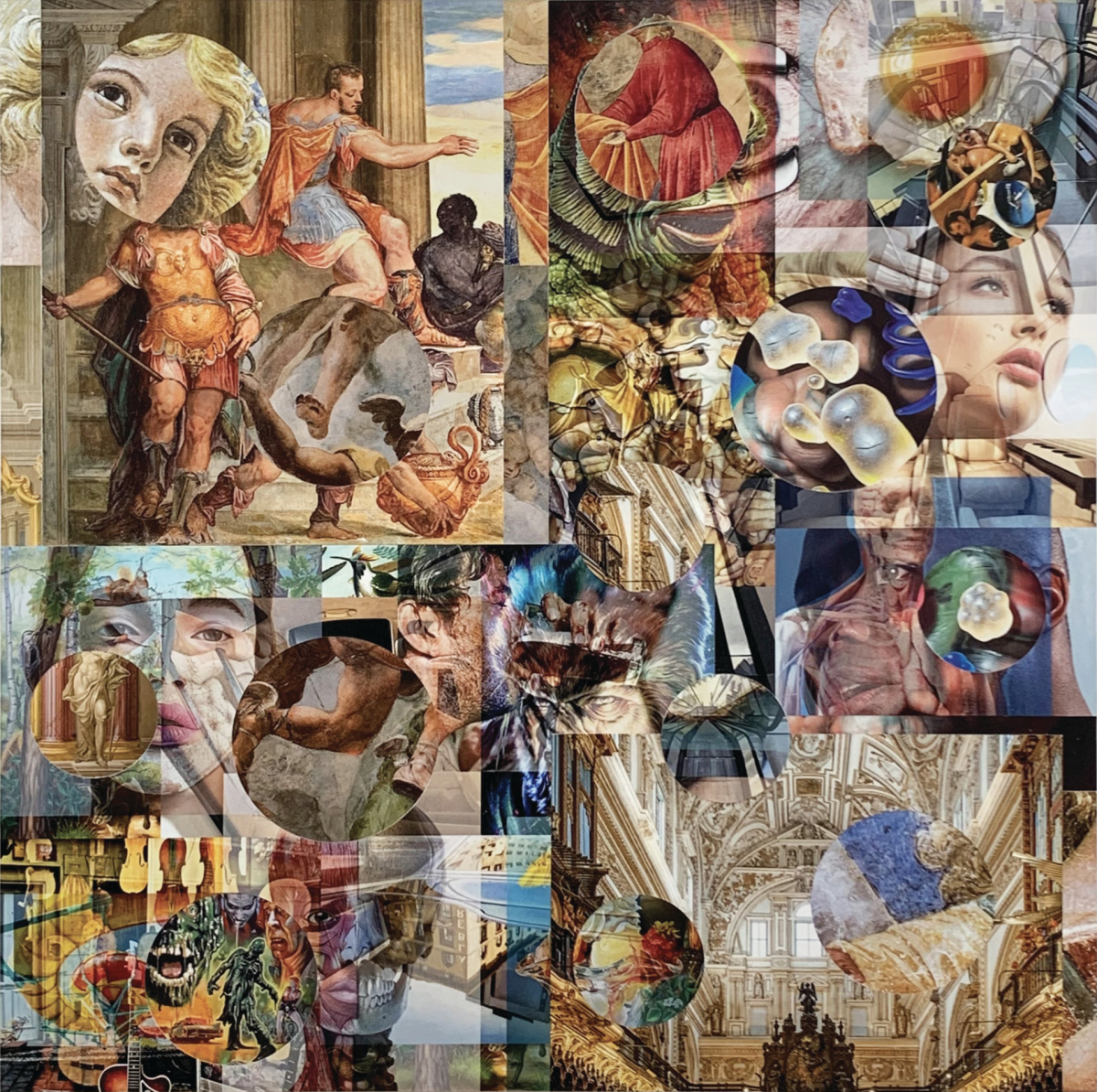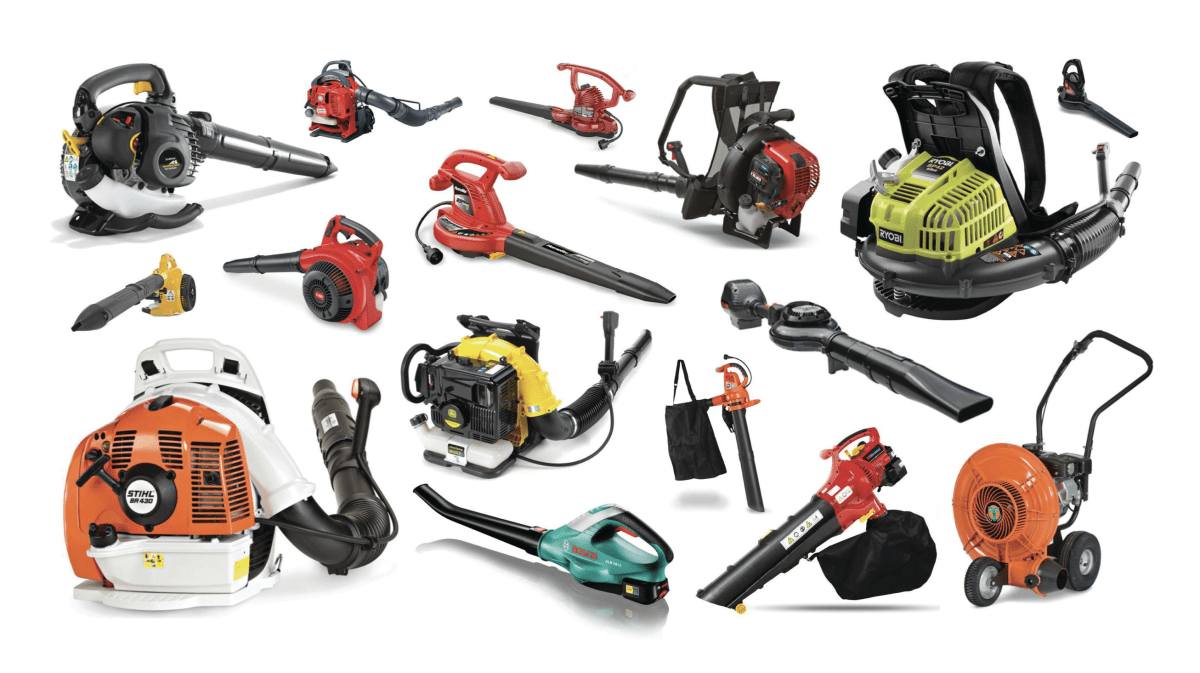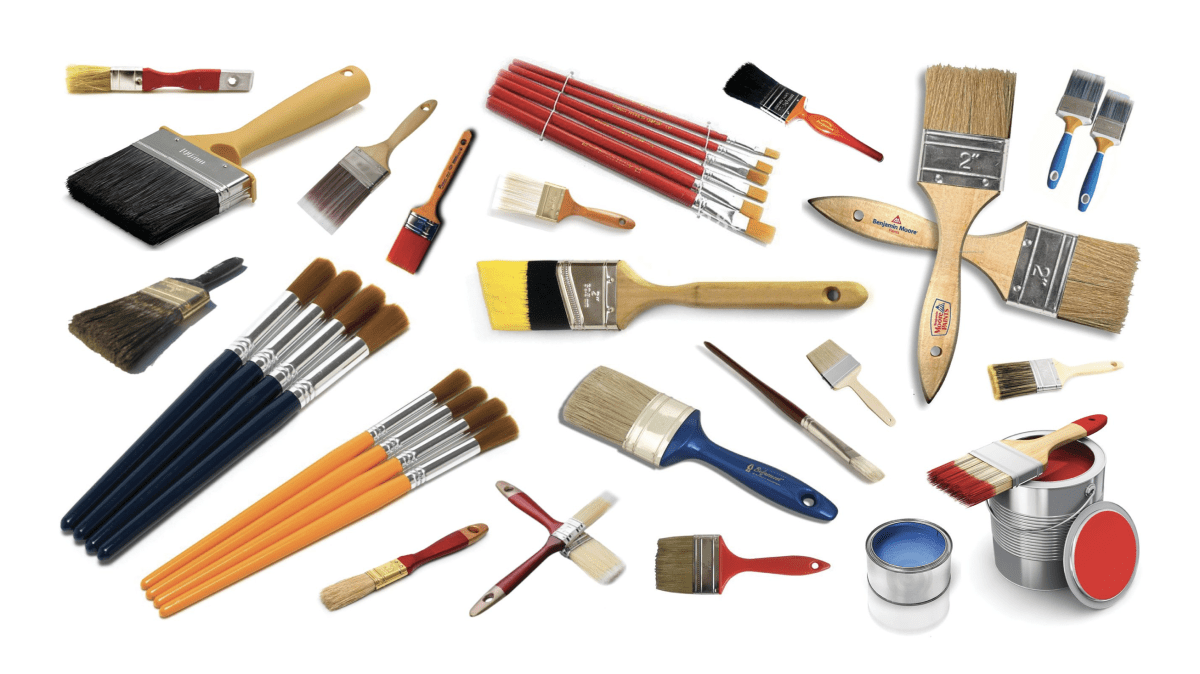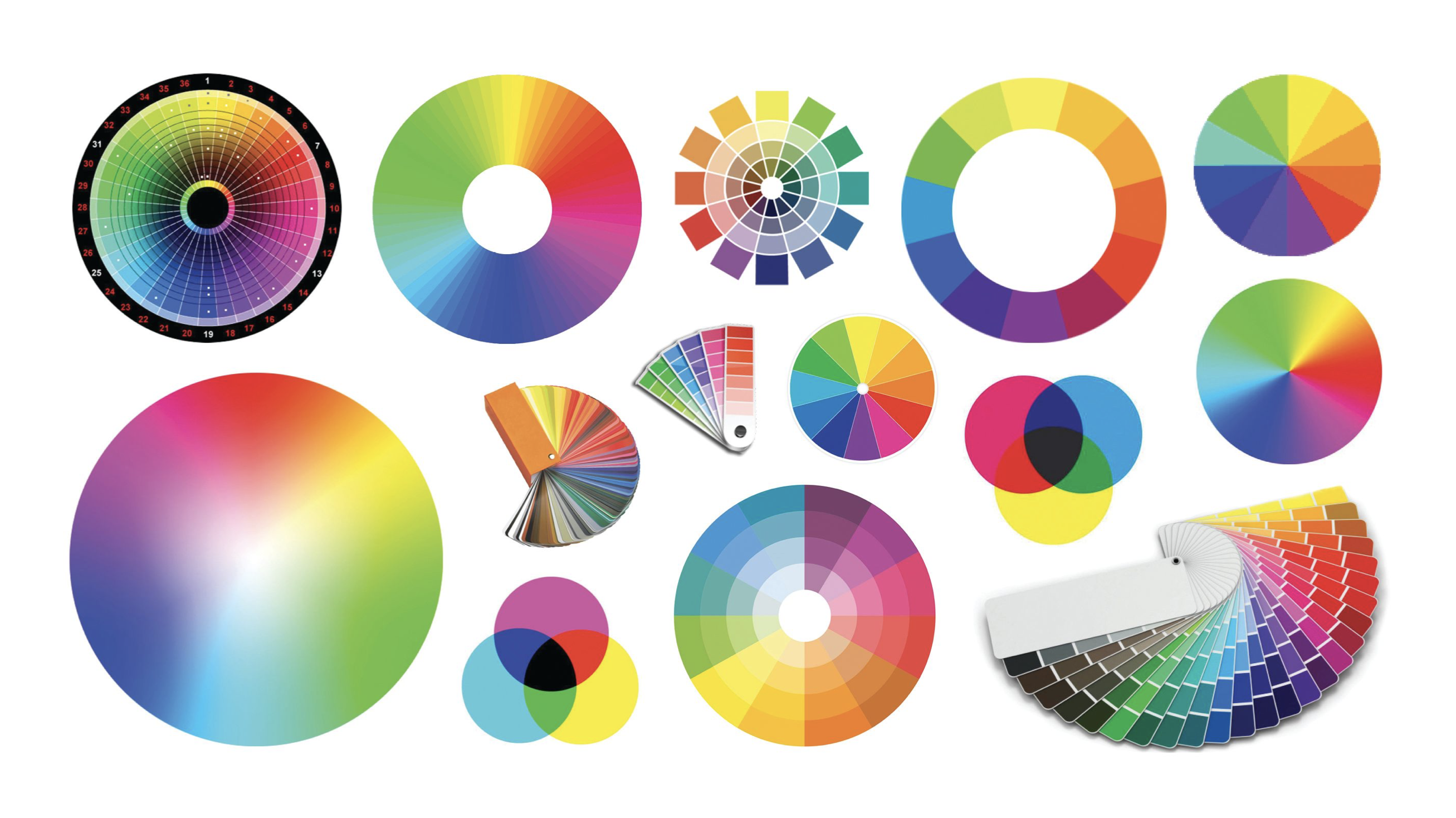
Place-driven Practice
Running for just two weeks across various locations in greater Walyalup, the Fremantle Biennale: Sanctuary, seeks to invite artists and audiences to engage with the built, natural and historic environment of the region.




A savoy cabbage, a vacuum cleaner, and a bizarre orthopaedic mask that holds a broken nose in place: these are just a few of the glossy, pristine images that emerge in the work of New York-based Australianborn artist Jeff Gibson. Hundreds of such crisply polished objects—often appropriated from advertising and stock-image libraries—are generously peppered through Gibson’s mesmerising work.
A comfortable bench, Gibson says, is essential for viewing them, especially the video works he has installed as part of his exhibition Countertypes. Griffith University Art Museum (GUAM) curators have provided such seating—amid three gallery spaces showing Gibson’s 40-year-long artistic output.
Gibson may have lived in New York for several decades—where he’s also managing editor at Artforum magazine—but GUAM director Angela Goddard says his upbringing amid punk and new wave in Brisbane and Toowoomba helped shape the way he has become a leading exponent of “image-based” digital art. She says Gibson’s use of mass-media imagery elevates appropriation, quotation and juxtaposition into crucial artistic strategies.
“Jeff’s work has always been ahead of its time in understanding the ways we consume images,” she says. “He knew early on how pervasive image culture was going to be and how it was going to impact art, especially in the digital age. I’m intrigued by the ways his shiny, seductive stock images are playfully grouped in a personal grammar, where unexpected juxtapositions create bizarre and outlandish narratives. What does it all mean? What is he trying to sell?” Gibson says that, in one form or another, he’s always been concerned with the relationship between art and popular culture, evident in various public poster and billboard projects he’s done—such as on the Panasonic Astrovision screen in Times Square in 2007, and occupying advertising sites on the Missouri interstate highway in 2016. Such projects, he says, were “messing artistically with pop cultural formats”.
He continues, “That negotiation is perhaps the most defining characteristic of my oeuvre, as it has been for a lot of artists raised in the suburbs on a steady diet of advertising and television.”
Now, he’s getting us to watch the screen: while he advises that his new video works require time, this is rewarded with visual pleasure that, “if a little icky at times”, is humorous and insightful, while being seductive and hypnotic. One consists of 50 colourful goods of various kinds, assembled on white grounds. He describes these as being akin to online shopping menus, slowly dissolving on top of each other and set to a ‘new age’ promo-style soundtrack.
The other video consists of 50 texts. These, he says, are “comical, psychologistic definitions I penned over a nearly 20-year period, nailing relatable pathological conditions”. They also slowly dissolve on top of each other, and are set to super-corny elevator/ shopping mall Muzak.

Part of the genesis of these interests, Gibson says, was in watching too much TV as a kid. “But for as long as I can remember, I viewed it with a deep ambivalence. I could see that most of it was idiotic, yet extremely seductive, and therein lies the problem I’ve been grappling with artistically from the beginning.
“Social media has completed the feedback loop that started with television. My generation of Australians had a little distance on media culture because the vast majority of it came from elsewhere—but Americans, I’ve noticed, live in a feedback loop, acting out what’s being reported and reporting what’s being acted out. Social media has accelerated, intensified, and globalised this phenomenon.”
What he says is most important is not to be psychologically subjugated to it all: “that we be in it, but not of it”. While he loves his Instagram accounts— one for straight-up art, the other more diaristic, but not too personal—he finds that while he can succumb to “the mesmeric quality of the self-selecting scroll” he tries to be critically aware of the “mind-numbing, attention-sucking horror of the compressed spectacle” in which Instagram and other platforms trade. “Though I occasionally tumble into their vortex of distraction, I try to keep one foot firmly planted in real life,” he says.
All this manifests in the exhibition, the three sections of which cover works produced in Australia in the 1980s-90s; the two video projections, which were started in Australia in the late 90s and was completed in New York much later; and work representing his current interests.
These include his attraction towards relationships between seemingly oppositional forces. “The product-shot compositions and the old/new, high/ low collages I’m making at present are certainly poet-aesthetic in nature—yet imbued with a critical sensibility,” he says. “But I think you have to see this against the backdrop of my day job [as an editor at Artforum] where for decades now I’ve been curating and promoting critical discourse.”
He says that while he was “born critical” and has always had something of an attitude (“my poor parents!”), his approach to art making has never been literal or dogmatic: “I have always favoured an attitudinal poetics that leaves space for the viewer’s/ reader’s absorption. I’d rather facilitate realisation via seductive friction than preach or lecture.”
Countertypes
Jeff Gibson
Griffith University Art Museum
9 June—27 August
This article was originally published in the May/June 2022 print edition of Art Guide Australia.